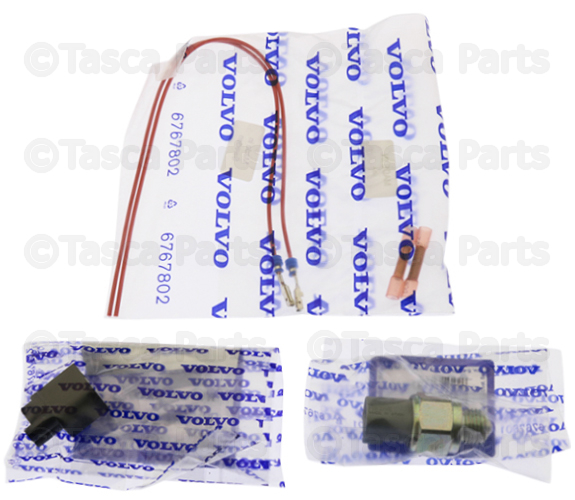|
Hi,
Glad to see you found the switch up in an area that’s on TOP of the transmission.
It resides within the whole bracket bolted onto the transmission. The bracket holds the stick shifter itself.
Within the assembly of the shifter rod there is a rail that guides the stick into first and second gear slot gate.
The ring you pull up moves a pin up and over that rail to let the shifter be gated into a reverse gear slot.
So you are in essence turning a long rod that moves stubs around to move forks to engage the gears front to back.
Going back to the bracket and the rail mentioned it has two bolts for adjustment to properly align the rod to low and second gear gates. If not adjusted correctly it can make getting a smoother shift into those positions harder or less precise.
I will say that either the rail is in the way of allowing the shifter over a enough to push the reverse light switch lever to get pushed over enough.
It’s either the rail or the pin stopping enough movement.
I don’t remember there being an adjustment to relocate the switch as I have not ever had to replace that switch on any of my cars.
I have had to adjust the rail though, on my 1978, over the many years.
I don’t recall if the pin is adjustable out of the shift lever, either, so take a look?
I would think something should move, for a wear and for fitting up allowances at the factory.
I agree, that it’s not a precisely built affair down there.
It might even be considered “Mickey Moused” but its simple and works decently, if adjusted correctly.
I’m suspicious that the rail it set to far to the right or towards the center and it’s keeping the shifter assembly from moving over to the left to hit that lever on the switch enough to close the switch.
There is quite a bit of play for the shifter to bobble around at the hand end but very little movement takes place below.
I think there is a call out of a thickness space between the pin and the rail when it’s engaged in first or second as the rail is aligned to that stroke down the gating between first and second.
You need that gap because it gives more freedom to float over the shifter while it moving front to rear.
That gap goes away when going into reverse.
The rail could possibly still be hitting the shifter handle if something is worn down.
The shifter has a ball end socket and problems can arise there from improper assembling of it.
There are plastic bearings and shims involved. More so, if the transmission has been out of the car?
Guess I’m trying to say the switch should work with some lever to spare and so not needing any welding.
It definitely would be a very thin flexible metal or even plastic in todays cars. I don’t recall what ours is made of?
It’s a friendly thing but it’s been a Long Time Too No See, in this case.
(:+)
Phil
Edit. Just a note about switch locations.
The M 47s have an actual plunger type switch that screws into the top of the transmission.
The plunger rod rides into a dimple that on the shifter rod going to the gates.
Only adjustment is depth by shim or in my case, I had to machine away some the face or shoulder behind the threads.
I got more reach down into the transmission.
Just not quite enough pressure or length for the contacts.
I think it needed about .025 more off the switch body.
Luckily an easy fix except it’s under the car!
|
